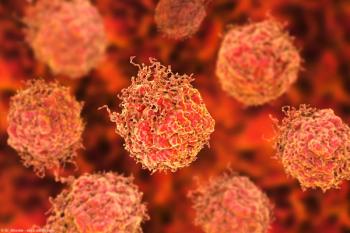
Study: Ultrasound over CT for initial stone Dx
Ultrasound should be the initial diagnostic imaging test utilized for diagnosing kidney stones in order to reduce the higher radiation exposure associated with computed tomography, say the authors of a recent study.
Ultrasound should be the initial diagnostic imaging test utilized for diagnosing kidney stones in order to reduce the higher radiation exposure associated with computed tomography, say the authors of a recent study.
In the randomized controlled trial, which was published in the
After 30 days, the authors found no significant differences among the three groups in the rate of high-risk diagnoses of kidney stones with complications that could have been related to missed or delayed diagnoses, according to a
Some patients in the ultrasound groups went on to have additional testing, some of which included CT scans. This resulted in an average radiation exposure of about half that of the CT group.
The authors found no significant differences among the three groups in the rates of serious adverse events, pain, return trips to the ED, or hospitalizations.
Although CT scans are currently favored by ED physicians for diagnosing stones, ultrasound should be used initially instead, said senior author Rebecca Smith-Bindman, MD, of the University of California, San Francisco, in a
More on Stone Disease
“Ultrasound is the right place to start,” Dr. Smith-Bindman said. “Radiation exposure is avoided, without any increase in any category of adverse events, and with no increase in cost.”
“Our results do not suggest that patients should undergo only ultrasound imaging,” the authors said, “but rather that ultrasonography should be used as the initial diagnostic imaging test, with further imaging studies performed at the discretion of the physician on the basis of clinical judgment.”
You might also like
To get weekly news from the leading news source for urologists,
Newsletter
Stay current with the latest urology news and practice-changing insights — sign up now for the essential updates every urologist needs.


















